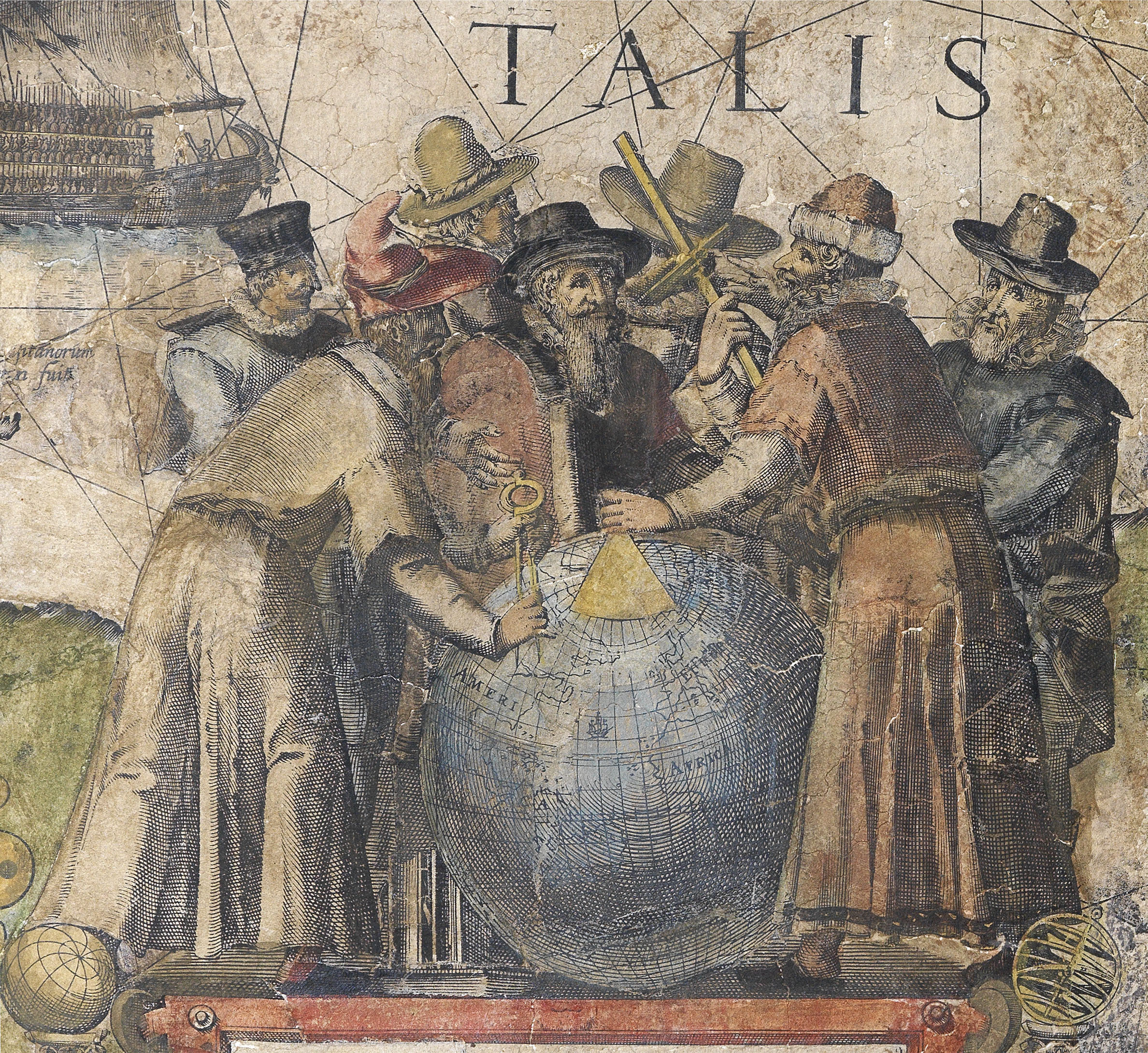Pieter van den Keere
(1571 - after 1646)

Also known as Petrus Kaerius, and one of the most prolific Dutch cartographers of the first decades of the seventeenth century, Pieter van den Keere was the son of Hendrik van den Keere, or Henri du Tour, a well-known type-founder, in Ghent. After his father died, when the young Van den Keere was nine, his mother remarried Jan Jansz. Bert or Bertius, and so he became, first, the step-brother of cartographer Petrus Bertius; and later, once he’d married Bertius’s sister Anna in 1599, his brother-in-law.
However, before then, in 1584, Pieter van den Keere had fled to England, escaping the religious strife in the low-countries. In this adventure, he was probably accompanied by another young cartographer, Jodocus Hondius, who married Van den Keere’s sister Colette while they were all in England. In fact, Van den Keere engraved his first known map, which was of Ireland, for Hondius in 1592. From then on, Van den Keere’s name appears on multiple maps published by John Norden and Cornelis Claesz. In 1594, Van den Keere and Hondius left London to return to Amsterdam.
Pieter van den Keere is probably best known for his atlas of the Netherlands, Germania Inferior id est XVII Provincuarum ejus novae et exactae Tabulae Geogra-phicae, cum Luculentis Sin-gularum descriptionibus additis a Petro Montano (1617), which included his version of the iconic map, “Leo Belgicus”. At about the same time, Willem Jansz. Blaeu, acquired engraved plates for a projected atlas of the British Isles, including many by Van den Keere. He printed them as a Latin abridgement of Camden’s Britannia by Regner Vitellius (1617), before selling them on to George Humble, publisher of John Speed’s atlas, who used them to publish a miniature version of the Theatre… In case there is any doubt left about how close-knit this generation of mapmakers was, the engraver of the maps for Speed’s Prospect…, Abraham Goos, was none other than Van den Keere’s nephew, the son of his sister Margareta.
Some of Pieter van den Keere’s last work was engraving new maps for the later editions of the Mercator-Hondius atlas. At some point after 1630 he moved to Belgium, and died in Ghent after 1646.
 地图
地图  地图集
地图集  珍本
珍本  版画
版画  天文仪器
天文仪器 






